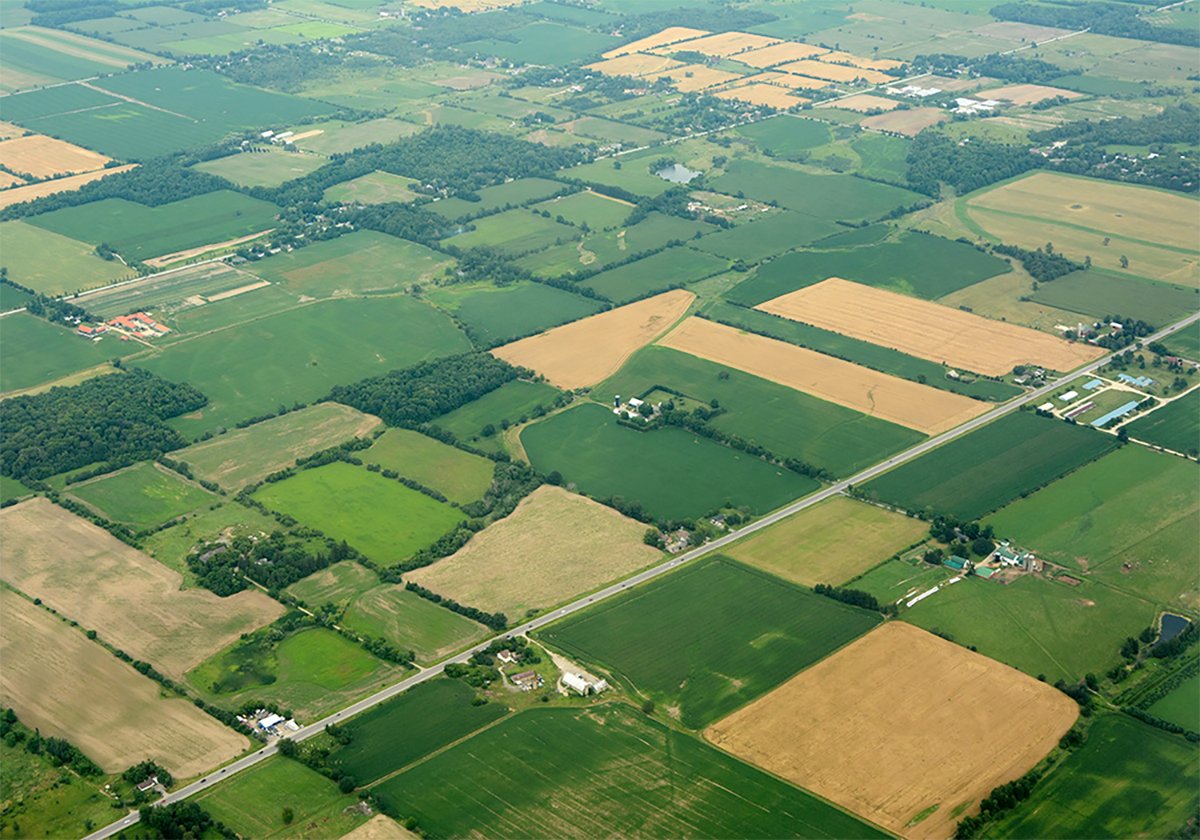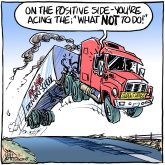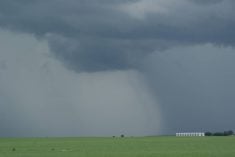Guebert is an Illinois freelance columnist.
Freedom to Farm is just two years old, but agriculture policy experts across the United States believe the radical and popular farm program is paying off for farmers.
“There’s no question,” says Barry Flinchbaugh, from Kansas State University, “that Freedom to Farm has performed as predicted; the market is driving farmer decisions, not government. And because of this, more than 80 percent of farmers love it.”
Flinchbaugh admits, however, “We’ve been fortunate to have good markets and good production during the first critical transition years. The real test could come maybe in 2001, when direct payments to farmers drop, a couple of years of over production mean surpluses and the economy is in recession.”
Read Also

Higher farmland taxes for investors could solve two problems
The highest education and health care land tax would be for landlords, including investment companies, with no family ties to the land.
Should that occur, farm country cries will rise for “recoupling,” a movement back to crop bases, target prices and deficiency payments.
“But it won’t happen,” Flinchbaugh predicts. “Farmers love the (program’s) flexibility… so that part of the program will remain. If agriculture needs help then, congress might inject more money into transition payments those years.”
The core of the program – cropping flexibility – now ripples through agriculture in other ways, notes Ron Knutson of Texas A&M University.
“It’s clear Freedom to Farm is causing the corn and soybean belt to expand west,” he says. “Mind you I didn’t say shifting west, but expanding west. We’re adding corn and soybean acres to the Great Plains.”
That expansion inspires Knutson to expand his definition of the American Great Plains, too. He now extends it from Texas into the wheat and barley regions of the Canadian prairie provinces.
And it spells doom for the Canadian Wheat Board, says Knutson, as Canadian producers clamor for more and freer access to the big U.S. market.
It also implies the High Plains will become pork country if feedgrains continue to grab local acres.
“The only question in both Texas and Oklahoma is not when each will become big hog producers; the question is simply how big they will become,” Knutson said.
Luther Tweeten, Ohio State University’s farm policy analyst, concurs. In fact, says Tweeten, “the Plains States will see huge new pork production no matter what traditional pork powerhouses like Illinois or Iowa do to answer current environmental concerns.
“Frankly,” Tweeten continues, “the Midwestern states could permit wide-open livestock production – essentially no controls – and the pork industry will still move to areas of comparative advantage. Texas and Oklahoma have better weather, open spaces, ample labor and now they have the missing ingredient, feed, to make the shift occur.”
And as these shifts pop up, ag businesses will react to them, said Mark Edelman, an policy expert at Iowa State University.
“Under the old programs, most ag companies… knew how cheap grain could be, the loan price, or how expensive it could get, the target price. Industry could predict planted acres pretty accurately, too – the crop bases.
“Now, however, crop bases are gone, target prices are gone, and loan levels are low. That injects as much volatility into ag business planning as it does into farming.”














